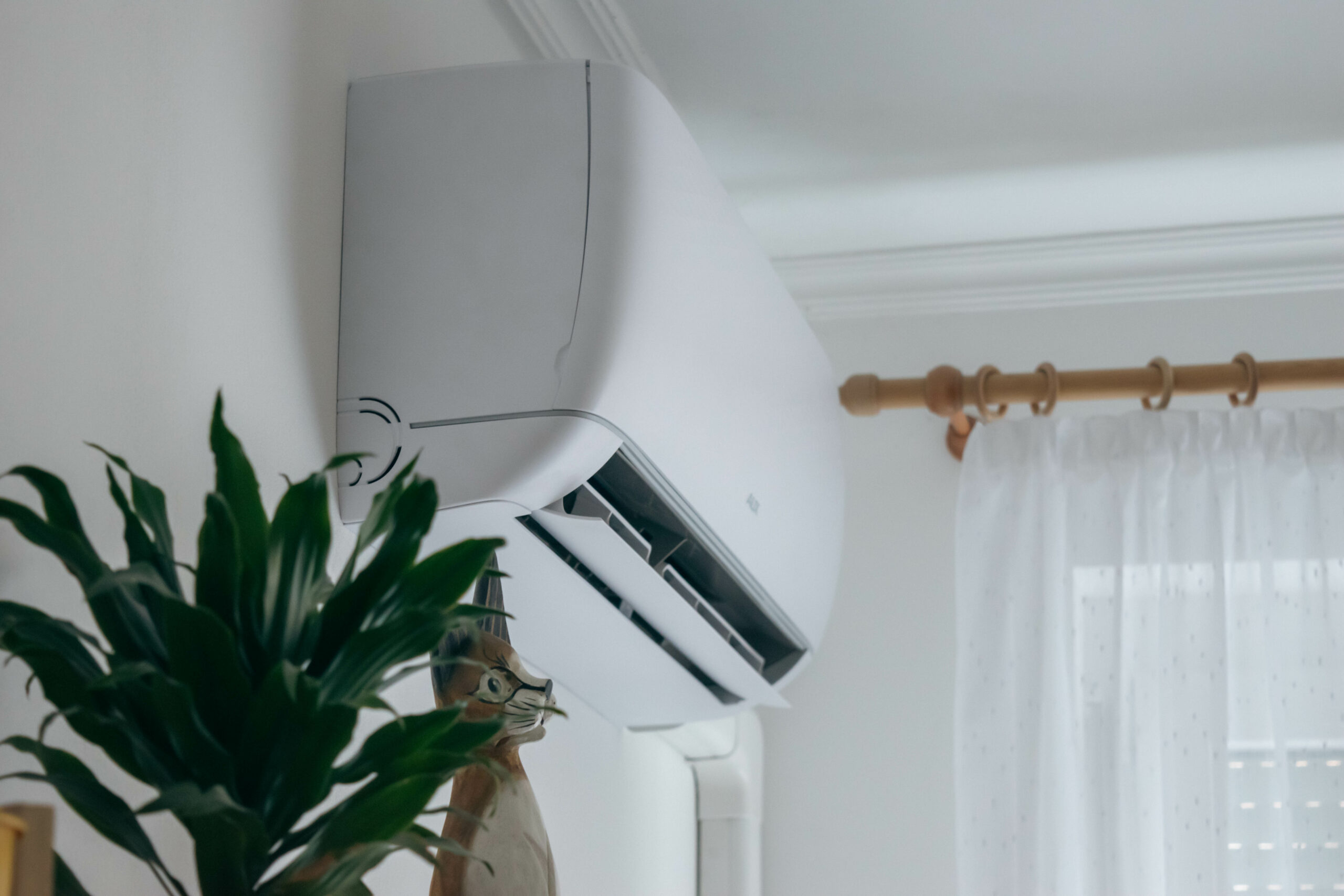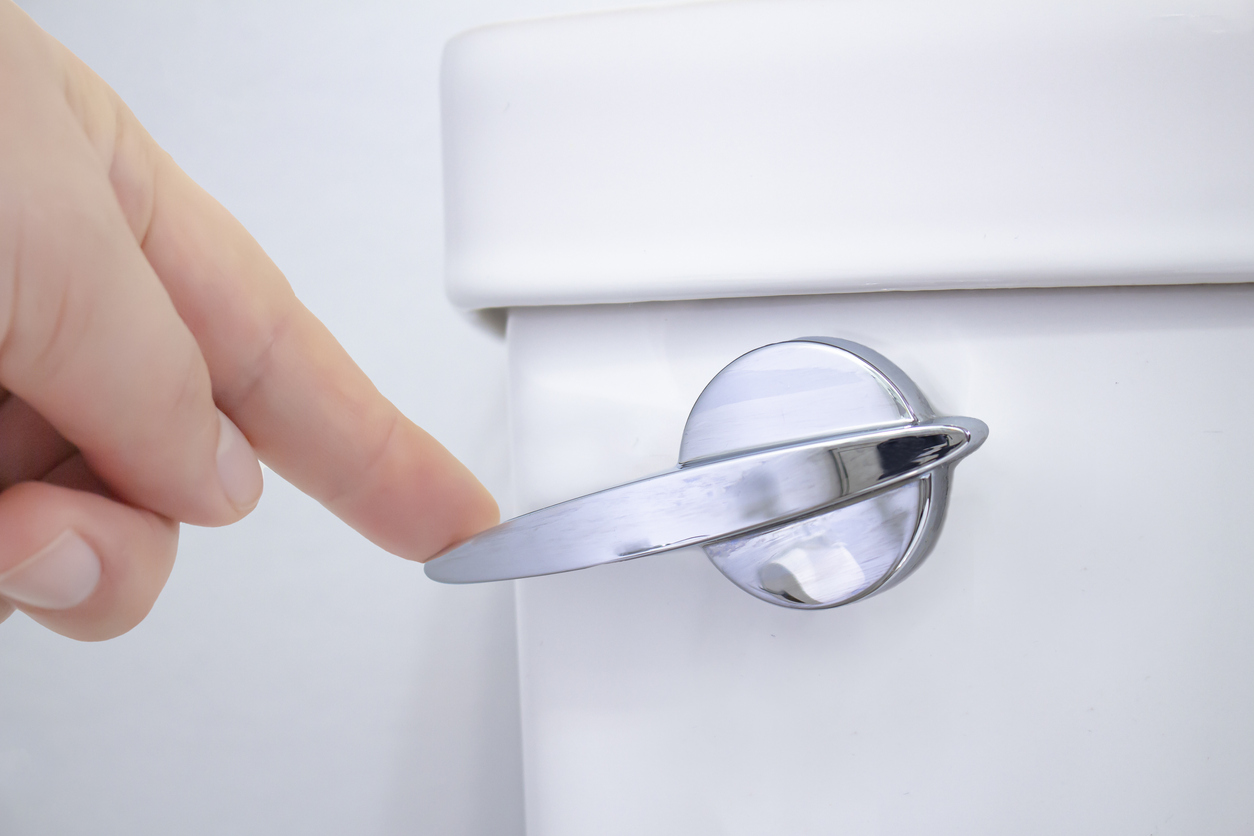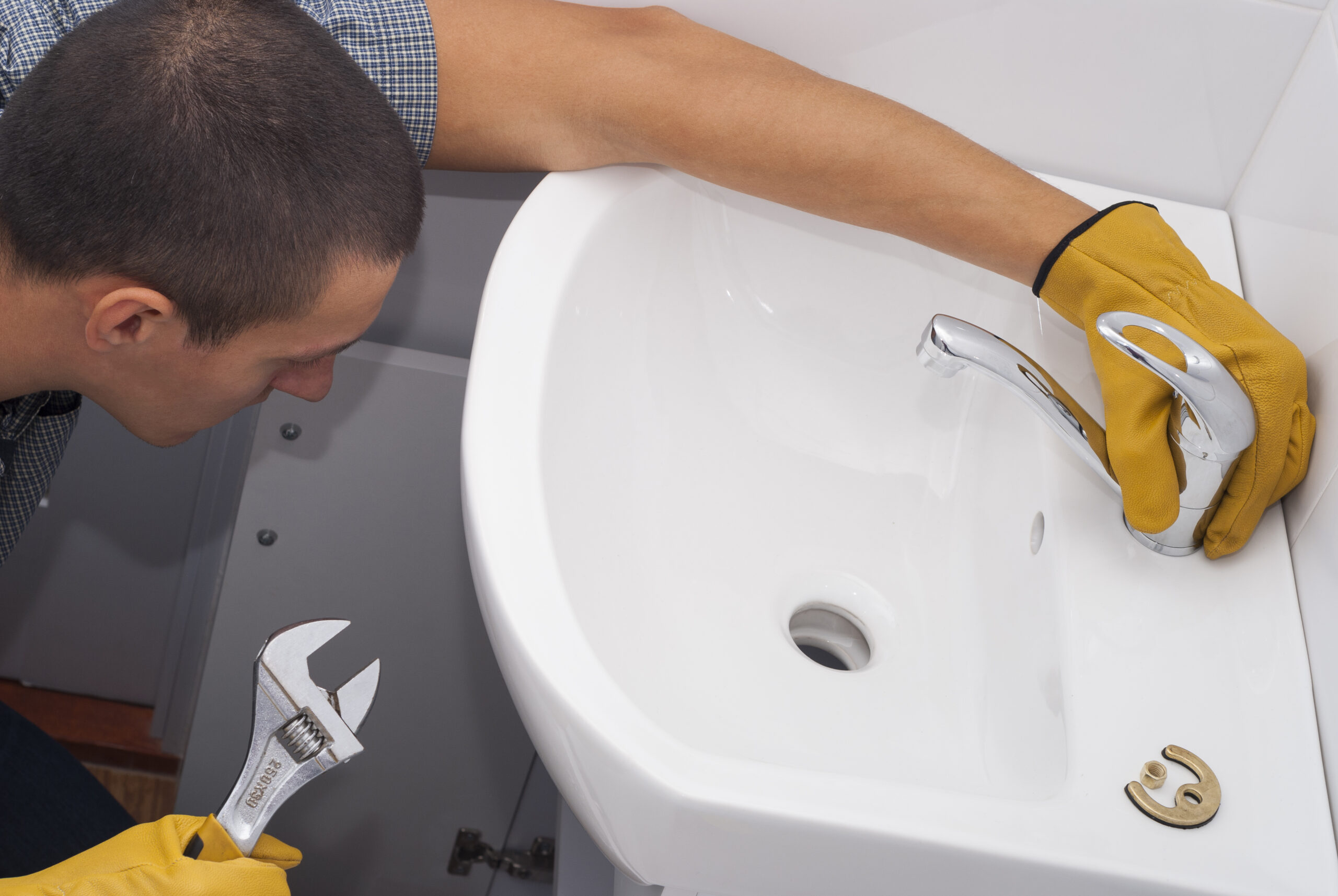3 Tools to Reduce Summer Allergens in Your HVAC System
Do you suffer from seasonal allergies? If you do, you might dread the spring and summer months, when pollen can have you grabbing for a box of tissues and a bottle of antihistamines.
What if there was a way to leverage your home’s HVAC system to improve your home’s indoor air quality? Keep reading, and we’ll explore 3 tools you can use to reduce summer allergens with your HVAC system.
1. HEPA Filter
Your home’s HVAC system already uses a basic air filter. But usually, these filters are only about an inch thick. That may filter out larger debris, but won’t do much against the smaller, allergy-inducing particles that hang in the air inside your home.
A high-efficiency particulate air (HEPA) filter is designed to trap as much as 99.97% of the particulates in your home’s air, including mold and mildew, bacteria, pollen, and even pet dander. This not only protects you in the immediate future, but can also prevent allergens and contaminants from building up inside your home’s ductwork and vents.
A skilled AC contractor can perform any necessary adjustments to ensure your HVAC system is compatible with these filters, allowing you to breathe cleaner air.
2. Incorporate an Air Purifier
You can also integrate various forms of air purifiers into your home’s HVAC system. These purifiers work not only for pollen, but other irritating or unpleasant odors such as cigarette smoke or unwanted pet smells. If anyone in your home has asthma, these purifiers can be a great way to minimize the onset of symptoms and attacks.
UV lights can also be installed in your HVAC system to kill mold, bacteria, and many viruses on contact. That means that the air coming from your vents has been sanitized to the same level as many hospitals, ensuring safe, clean air.
3. Monitor Your Relative Humidity
Your home’s relative humidity should also be well-balanced. Too humid, and that moist air can be a breeding ground for mold and mildew. Too dry, and pollen and other irritants tend to stay airborne for longer periods. Generally, you want to maintain your home’s relative humidity at around 40%.
This can be achieved room by room with smaller humidifier units. But for complete coverage, you may consider a whole house humidifier. These products can ensure that your indoor air stays at a comfortable relative humidity level, also ensuring that your air remains free from contamination.
Granted, the summer months can already bring humid air, but when you’re running your AC unit, the air inside your home can become surprisingly dry. A whole house humidifier can integrate with your HVAC system to ensure proper humidity levels regardless of the season.
Schedule a Tune-Up Today
Of course, another way to ensure indoor air quality is by scheduling a regular AC tune-up. One of our HVAC contractors can give your system a check-up and, if necessary, can provide thorough cleaning to ensure excellent air quality throughout your home. Call Spall today, and you can breathe easy all summer long.






